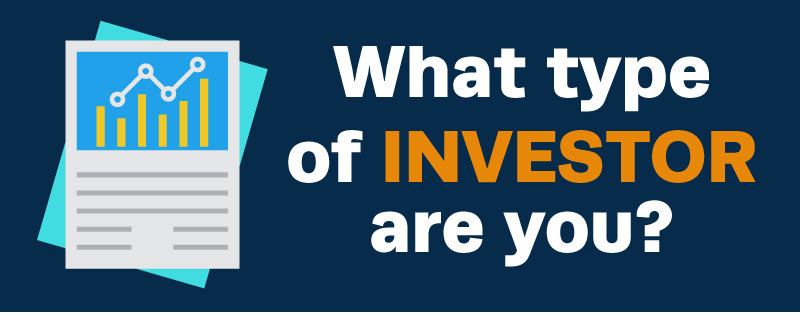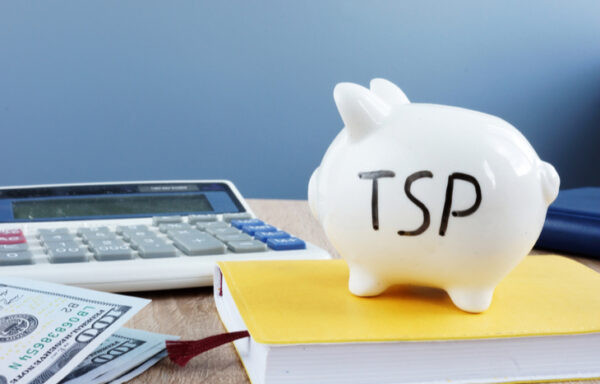How to Profit During the Most Wonderful Time of the Year
We’re heading into the most wonderful time of year…
No, not the holidays – that time of year is fine.
But earnings season starts a month from now! Can you believe it? Where has the time gone?
In the third week of January, companies will begin reporting fourth quarter and year-end results. We’ll find out which companies – financially speaking – have been naughty and which have been nice.
For long-term investors, it’s a good time to look at our stocks and analyze the companies’ full-year performance. Then, we can determine whether it makes sense to continue holding the stocks.
For shorter-term investors or traders, earnings can be like eggnog with extra brandy. These reports can get the party started as stocks take off on better-than-expected results.
On December 5, retailer Express (NYSE: EXPR) popped 28% in one day after reporting surprisingly good results. It went on to climb a total of 60% higher in four days over the closing price before earnings came out.
And last week, Ciena (NYSE: CIEN) jumped 20% in one day after reporting better-than-expected numbers.
Trading earnings isn’t easy, but it can be very profitable if you do it correctly. Here are a few things you can do to lower your risk while trying to trade for big profits in earnings…
- Use a trailing stop. Stocks not only can jump higher on strong earnings, but also can fall on weak ones. Have a trailing stop in place so that if a trade goes against you, you’ll get out with a manageable loss.
- Don’t let a trade become an investment. Trailing stops help with this. The last thing you want is for a short-term trade based on a specific catalyst to languish in your portfolio for months.If the stock is moving higher, great. Let your winners run, and use the stop to exit when the ride is over.But if the trade goes bad, get out. The catalyst you bought it for has passed, and there is no longer a reason to hold it
- Buy calls instead of stock. Calls will allow you to risk less money up front and capture a larger percentage gain if the trade works out. If it doesn’t, you’ll lose less cash.
- Buy protective puts. If you’re long on the stock, you can use puts as insurance to protect your position. If the stock tumbles, your puts will cover some or all of your losses.If not, you’ll have spent a little bit of money on an insurance policy you didn’t have to cash in, which isn’t the worst thing in the world.
If you put these strategies to work, you may be able to get your 2020 off to a great start. Just be sure to take steps to protect yourself so you can go into the season with the best chance of making money and the least chance of losing it.
If you play earnings season right, there may be an extra box for you under the Christmas tree next year…
[adzerk-get-ad zone="245143" size="4"]About Marc Lichtenfeld
Marc Lichtenfeld is the Chief Income Strategist of Investment U’s publisher, The Oxford Club. He has more than three decades of experience in the market and a dedicated following of more than 500,000 investors.
After getting his start on the trading desk at Carlin Equities, he moved over to Avalon Research Group as a senior analyst. Over the years, Marc’s commentary has appeared in The Wall Street Journal, Barron’s and U.S. News & World Report, among other outlets. Prior to joining The Oxford Club, he was a senior columnist at Jim Cramer’s TheStreet. Today, he is a sought-after media guest who has appeared on CNBC, Fox Business and Yahoo Finance.
Marc shares his financial advice via The Oxford Club’s free daily e-letter called Wealthy Retirement and a monthly, income-focused newsletter called The Oxford Income Letter. He also runs four subscription-based trading services: Technical Pattern Profits, Lightning Trend Trader, Oxford Bond Advantage and Predictive Profits.
His first book, Get Rich with Dividends: A Proven System for Earning Double-Digit Returns, achieved bestseller status shortly after its release in 2012, and the second edition was named the 2018 Book of the Year by the Institute for Financial Literacy. It has been published in four languages. In early 2018, Marc released his second book, You Don’t Have to Drive an Uber in Retirement: How to Maintain Your Lifestyle without Getting a Job or Cutting Corners, which hit No. 1 on Amazon’s bestseller list. It was named the 2019 Book of the Year by the Institute for Financial Literacy.






